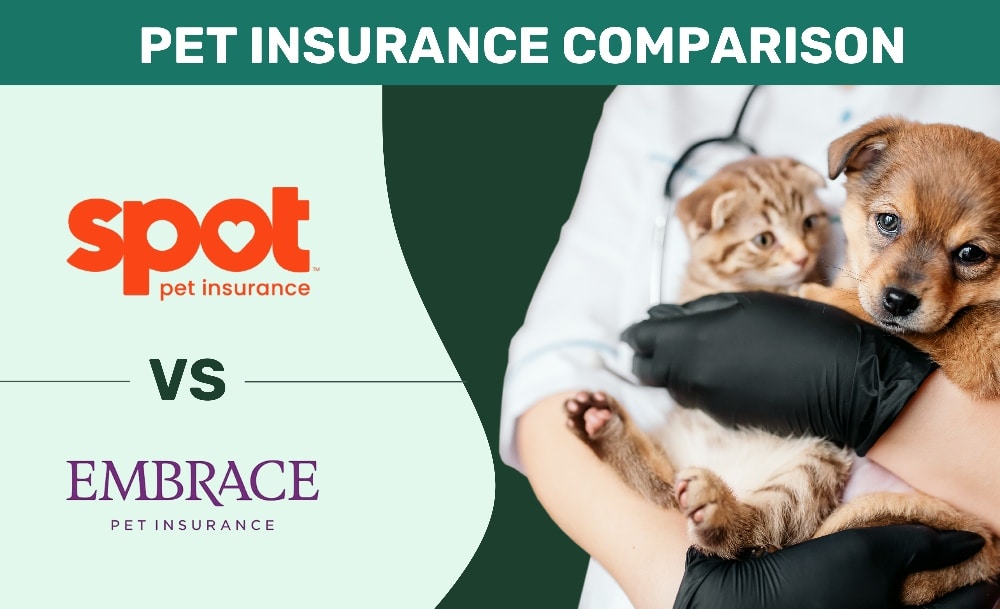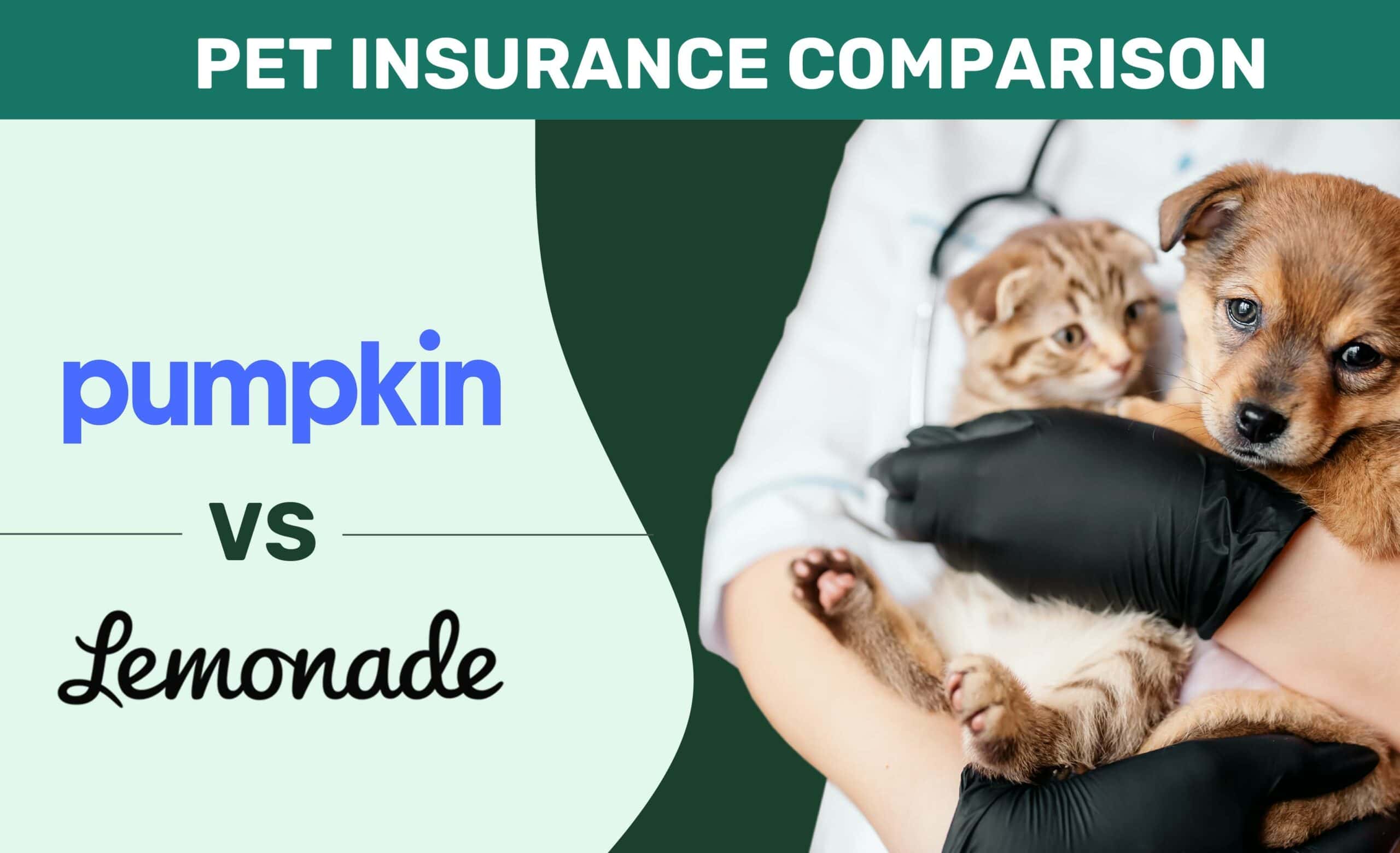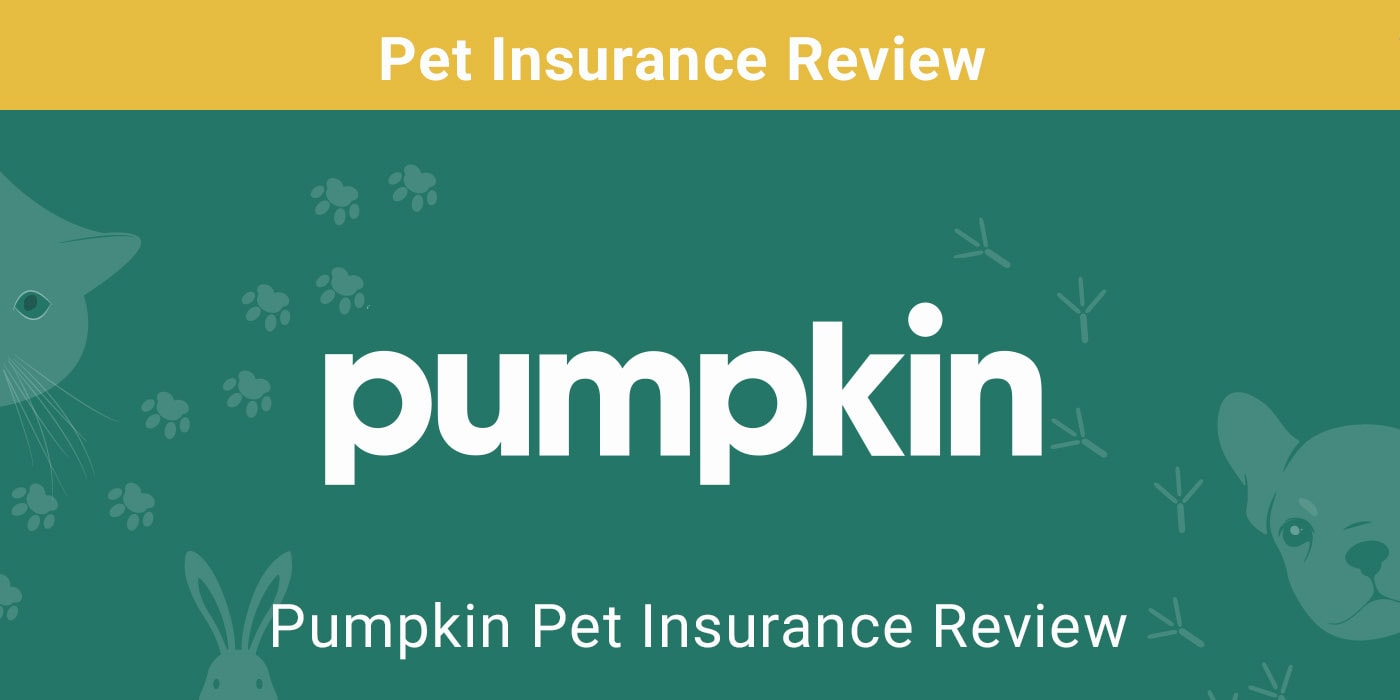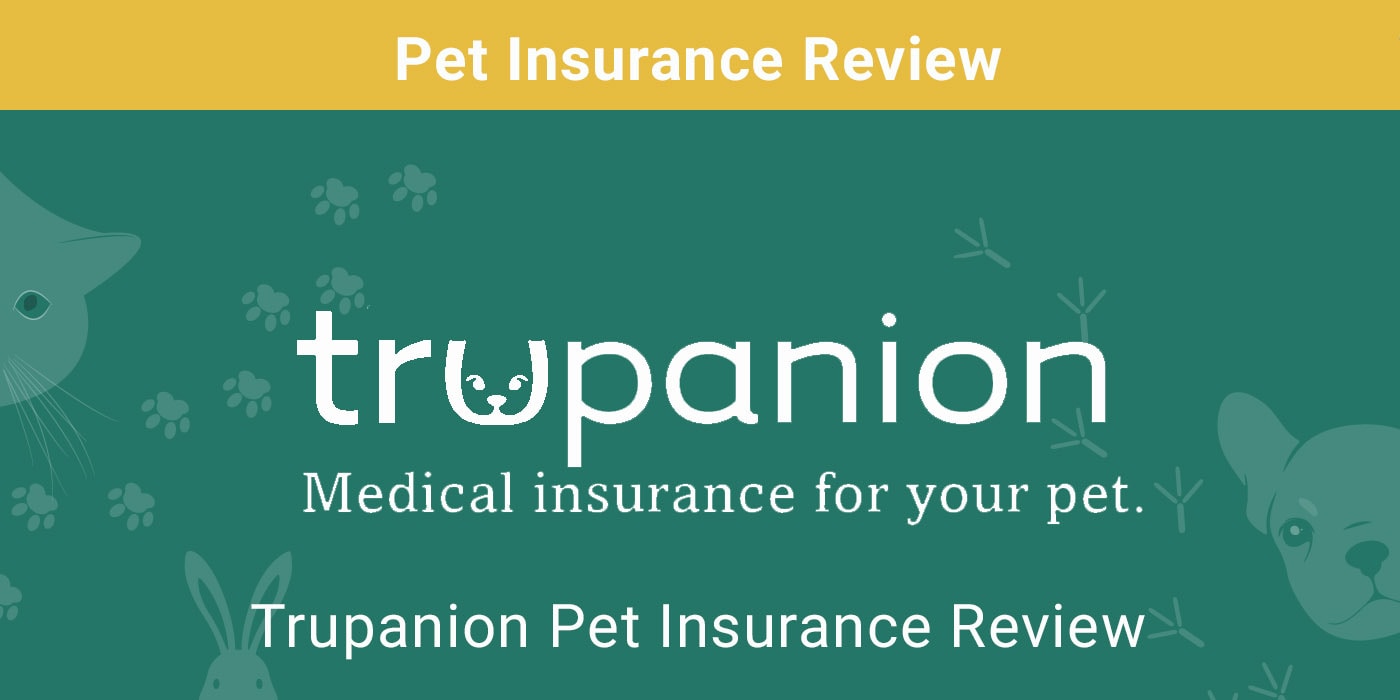
Pet insurance plans provide reimbursement for feline and canine medical bills. Accident and illness plans cover surprise costs incurred when your pet has an accident or is diagnosed with a severe illness. They’re designed to protect pet owners from getting hit with massive veterinary bills.
Most insurance plans don’t cover routine health care like annual exams and vaccinations. But many companies that issue accident and insurance plans also have wellness options that offer reimbursement for everyday veterinary costs, including dental care and annual blood work. All accident and illness plans have waiting periods, and most exclude pre-existing conditions from coverage.
The Importance of Pet Insurance
Pet insurance can loosely be divided into accident and illness coverage and wellness protection. Accident and illness plans reimburse for medical costs incurred when pets are involved in accidents or when newly diagnosed with illnesses such as cancer or hypothyroidism.
Veterinary bills can add up quickly. Care for a dog that has consumed a foreign object can easily reach $3,000, and treating feline and canine broken bones can cost more than $2,000. Pet insurance will pay for unexpected veterinary bills that pet owners can’t plan for.
Wellness plans focus on preventive and routine care. They’re often best thought of as savings plans with discounts, depending on the option you choose. Wellness choices tend to be less expensive than accident and illness insurance but won’t protect your pocketbook if your pet needs care after being hit by a car or diagnosed with something like liver disease.
Accident and illness insurance allows you to concentrate on your pet if something serious happens instead of worrying about whether you can afford treatment. On the other hand, wellness plans can be great budgeting tools if you select an option covering the care and procedures your pet will likely need.
Top Rated Pet Insurance Companies

How Much Does Pet Insurance Cost?
Pet insurance costs in Kentucky vary based on factors such as your pet’s breed and age. Dogs are generally more expensive to insure than cats. And owners of purebred animals usually pay more to insure their pets due to the high frequency of genetic and breed-specific conditions. Many companies adjust their premium rates based on your area’s average care costs.
Practically every insurer excludes pre-existing conditions, and although your premium may not be affected by your pet’s pre-existing condition, it can seriously impact your bottom line, as you’ll be on the hook for all costs associated with these conditions.
Puppy and kitten premiums tend to be much lower than those for pets insured as adults. And obtaining coverage for your pet while they’re young reduces the chance that a major claim won’t qualify for reimbursement because your pet developed a few minor conditions before you purchased your plan. Most companies charge higher premiums for older pets, and some have upper age limits for enrollment.
Many companies offer deductible, reimbursement rate, and coverage limit choices to permit pet parents to manage their premiums. A higher deductible, lower reimbursement rate, and fixed annual limit result in lower premiums. But these flexible options require a bit of forethought and budgeting, and you’ll need enough cash to cover the deductible.
Plan to spend anywhere from $30–45 per month to insure a dog and between $15–$25 for a cat. Wellness plans for cats and dogs cost between $10–$50, depending on the level of coverage you select.
Additional Costs to Anticipate
Even the most comprehensive accident and illness insurance usually won’t cover routine care such as annual visits, bloodwork, and vaccinations. Nor will these plans reimburse for pre-existing conditions. Keep in mind that each policy has its own definition of what constitutes a pre-existing condition. It’s the number one driver of dissatisfaction when it comes to pet insurance coverage.
Read the fine print on any policy very closely; some plans even exclude bilateral conditions. If your cat has an infection in its left eye, some plans will refuse to cover any similar issues related to your pet’s right eye. Some companies apply the exclusion if signs pointing to a condition can be found in your pet’s medical records, even if your cat or dog was never diagnosed with a disease or disability and you never sought treatment for those symptoms.
Many, but not all, accident and illness plans don’t cover veterinarian’s fees, even in the case of an emergency, requiring you to purchase an add-on to obtain reimbursement. And several others don’t include costs related to prescription diets.
Wellness plans often don’t provide 100% reimbursement for annual visits, vaccinations, and bloodwork; most providers have set limits on reimbursed costs. You may only be able to claim up to $200 per year on grooming or dental care. Check the specific details and run the numbers to see if these plans are worth it or if you’re better off saving up on your own.
How Often Should I Look for New Coverage?
Most owners don’t benefit from switching from one pet insurance plan to another because of how companies define pre-existing conditions. While reviewing your policy annually is helpful, changing pet insurance plans can be tricky as it often triggers new waiting periods. Also, it sometimes means that previously covered conditions may now be excluded as pre-existing under the new policy.
If you’re getting ready to move from one state to another, you may need to look for new pet insurance, as some plans, like Lemonade, only provide coverage to pet parents in specific states. Give your pet insurance company a call well ahead of time to ensure they write policies in your new location.

Does Pet Insurance Cover Spaying and Neutering?
Accident and illness plans generally don’t include coverage for spaying and neutering operations, considering both routine care. But companies also have wellness plans that often reimburse for these procedures.
Some companies have just one tier of wellness coverage, with basics such as annual visits, bloodwork, vaccinations, and fecal testing included. Others provide multiple options with different reimbursement levels and services. A few offer special wellness plans for puppies and kittens that reimburse for multiple checkups, spaying or neutering, and vaccinations.
More comprehensive plans often cover dental care, routine blood tests, flea and tick prevention, and multiple wellness visits, making them excellent options for senior pets who should be checked out by a veterinarian at least twice per year. Pay attention to wellness plan reimbursement limits for specific types of care; many cover grooming, for instance, but set a $100 or $200 limit.
Pregnancy-related costs are often not covered by accident and illness or wellness plans. If you plan to breed your pet, you’ll likely need to purchase a separate add-on to obtain reimbursement. Most companies offering pregnancy add-ons won’t accept already pregnant pets, so plan ahead to avoid any unpleasant financial surprises.
At-Home Preventive Health Care
Dogs and cats, just like humans, do best when their basic needs for sufficient rest, mental stimulation, and affection are met. Nutritious food, sunshine, and exercise go a long way to keeping pets in top shape.
Dogs generally require anywhere from 30 minutes to 2 hours of exercise per day, along with some playtime. They also need regular brushing and bathing. Shorthaired dogs do well with weekly grooming, while longhaired pets often require daily attention. Most need monthly nail clipping and require regular ear and teeth cleanings. Preventative care products are relatively inexpensive, and you may spend less than $10–$20 a month on pet toothpaste and ear-cleaning products
Cats need two to three energetic, 10 -minute play sessions daily. And some breeds, such as Bengals and Siamese cats, require even more exercise as they’re prone to become destructive if they have too much energy to burn. Depending on the coat length, some cats require daily brushing, but most cats only need to be bathed if they get dirty or have allergies. Cats also benefit from regular tooth brushing and need their nails clipped around once a month or whenever they become too long.
Conclusion
Pet insurance protects your bank account if your dog or cat is injured in an accident or diagnosed with a severe disease that requires expensive treatment. While pet insurance can be a great option, it’s crucial to understand precisely what you’re signing up for. All plans have waiting periods and pre-existing condition exclusions, and most accident and injury plans don’t cover routine care. Still, most insurers have wellness packages that provide reimbursement for wellness visits, routine blood work, and even vaccinations.
See also:
- 10 Best Pet Insurance Providers in Tennessee
- 15 Best Pet Insurance Providers in Colorado – Reviews & Comparisons
Featured Image Credit: Rawpixel.com, Shutterstock







